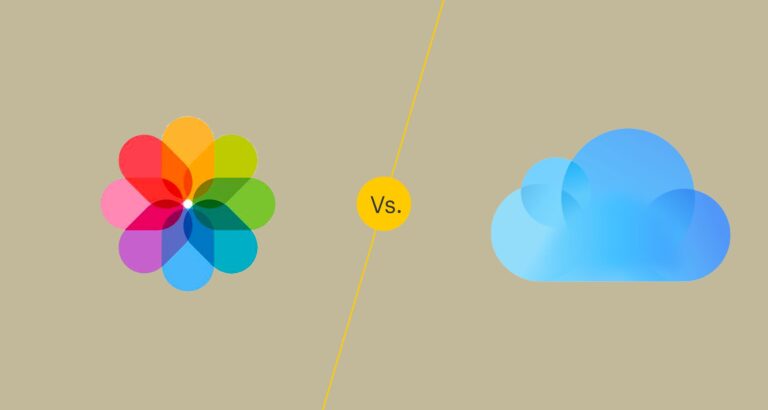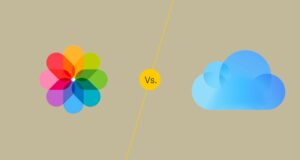When you click pictures with your iPhone, and see that it’s saving to two separate albums called Camera Roll and My Photo Stream. But sometimes it seems like photos are stored in both, or maybe when you delete one, both copies have disappeared. Let’s clear this confusion between these two apps. The Camera Roll actually is on your device, whereas My Photo Stream is in the cloud and syncs with all your other devices. You need to enable My Photo Stream manually. Here we will see iCloud Photo Library vs My Photo Stream, and decide which is better for our use.
What you will see?
- My Photo Stream and it’s uses
- What is iCloud Photos Library?
- What’s the difference between iCloud Photo Library and My Photo Stream?
- Limitations of My Photo Stream
- Before selecting between the two, you should ask yourself the following options
- Conclusion: iCloud Photo Library vs My Photo Stream
My Photo Stream and it’s uses
With My Photo Stream, you can access recent photos that you took with your iPhone, iPad, or iPod touch, or that you uploaded from your Mac or PC. Apple enabled users to download their photos on the iPhone or iPad to their Macs with My Photo Stream. It stores the most recent 30 days’ photos (up to 1,000 photos). My Photo Stream has some limitations, but it was free, and it did a good job of syncing your images throughout all your devices. It is a centralized location for sharing photos across devices. My Photo Stream allows you to access your pictures from any device at any time
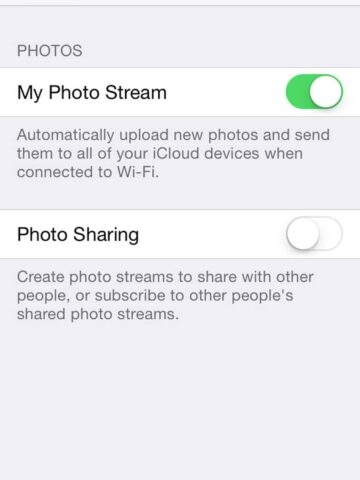

What is iCloud Photo Library?
Later, Apple introduced iCloud Photo Library, later renamed to iCloud Photos, which is a cloud-based photo syncing service. However, it stores all your photos in the cloud, most people need to purchase more storage from Apple.

So what’s the difference between them and why would you want to use one over the other? Here are some points which will help you know the difference and find out iCloud Photo Library vs My Photo Stream:
What’s the difference between iCloud Photo Library and My Photo Stream?
My Photo Stream is very much different from iCloud storage. It majorly restricts what you can sync to the cloud and your other devices. Moreover, it is completely free and the storage it uses doesn’t count against your iCloud limits.
Whereas iCloud users get 5 GB of free storage, but that’s shared among all your iCloud services so it disappears quickly. Most of us have more than 5 GB of photos anyway.
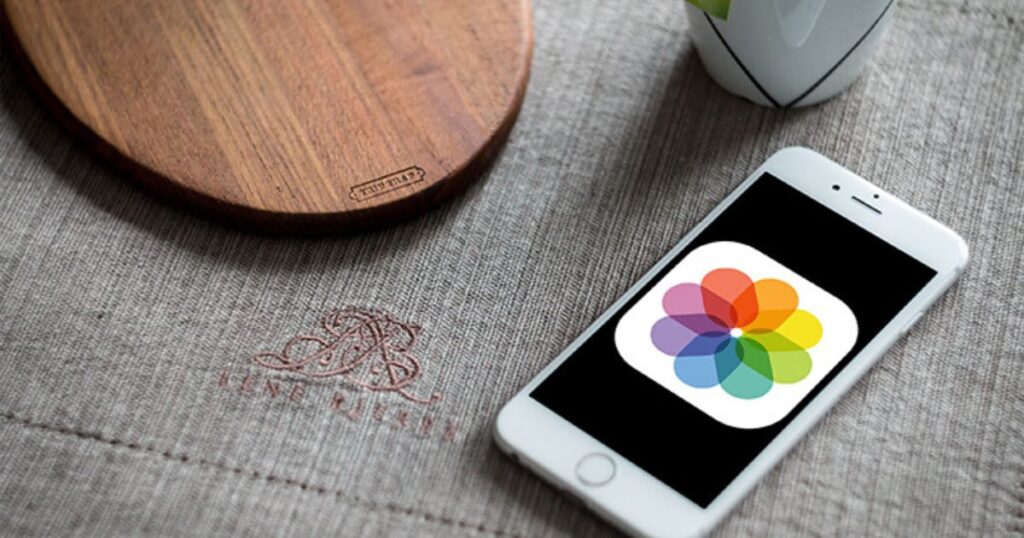
So, on the basis of price, My Photo Stream wins. However, it has other limitations that make it less compelling:
Limitations of My Photo Stream:
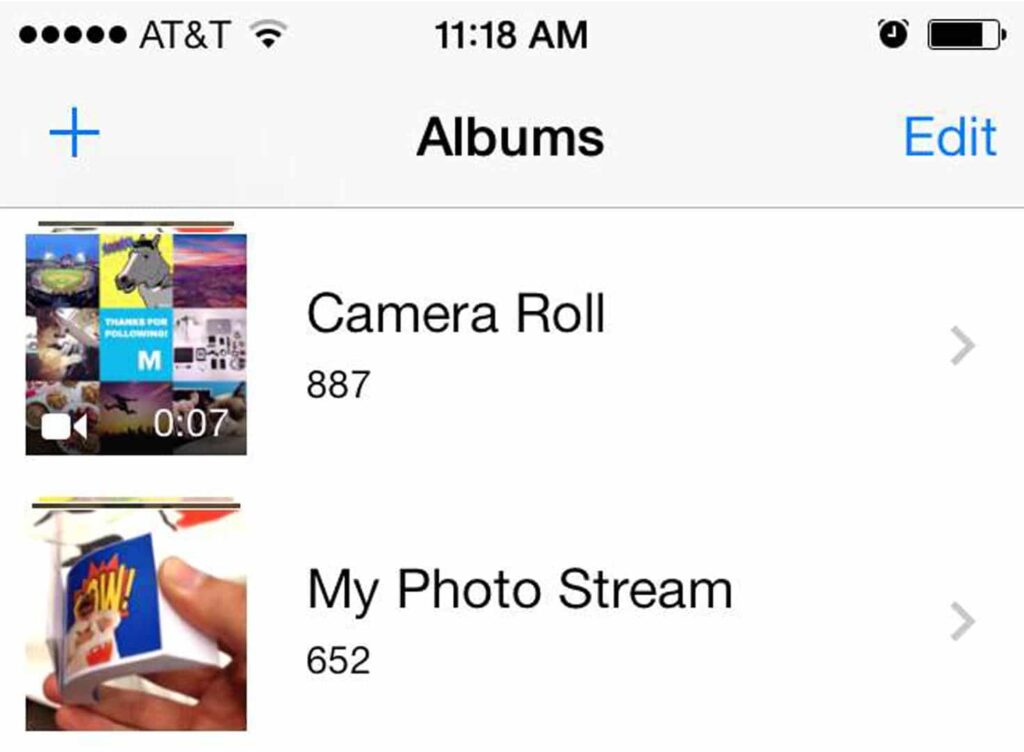
- My Photo Stream stores your photos on your iOS devices in a lower resolution to save space and transmission time. However, on Mac, the photos download in full resolution. But, iCloud Photos lets you choose on each device whether you want original images or optimized versions to save space. And full-resolution originals are always stored in iCloud itself.
- My Photo Stream manages only the photos of the last 30 days and that too the last 1000 photos. That’s fine for just transferring photos from your iPhone to your Mac for permanent storage. But your other devices will be able to display only your most recent photos. iCloud Photos stores all your photos as long as you have sufficient space.
- When you edit a photo in My Photo Stream, the edits apply only to the photo you edited, not to versions synced with other devices. With iCloud Photos, all edits you make—on any of your devices—sync to all the rest of your devices.
- It supports only photos and images in JPEG, PNG, and TIFF formats, not Live Photos or any video formats. You’ll have to move them over manually in some other way. iCloud Photos supports all the image formats and also GIF, HEIF, etc., also Live Photos. Plus, it supports MP4 and HEVC videos. In other words, iCloud Photos will sync all your images and videos, regardless of format.
- It works on the Mac, iPhone, iPad, iPod touch, and Apple TV, and Windows PC. iCloud Photos includes the Apple Watch and the iCloud.com Web site. Apple Watch support can be useful to be able to see all your photos in a Web browser on any computer.
Before selecting between the two, you should ask yourself the following options:
- Whether you have a lot of photos that you want to access on all your devices at any time?
- Do you use the lowest tier iCloud storage? – If you’re using less than 5GB of iCloud storage and don’t want to pay for more, pick My Photo Stream.
- Determine if you want to sync your videos across all devices? – You definitely need iCloud Library, then.
- Do you use another photo storage app that works just fine? – If your cloud-based storage needs taken care of, then you probably don’t want to fill up your iCloud storage with another version of the same photos. If you keep your images and videos in Dropbox or Google Photos use My Photo Stream on occasion for recent images.
- Whether you want to access your photos from anywhere you have a web browser? – iCloud Photo Library is the only Apple Photos service that lets you view your entire photo library from anywhere you have internet access and a web browser through iCloud.com.
Conclusion: iCloud Photo Library vs My Photo Stream
Basically, My Photo Stream is for people who don’t take many pictures or need to access them regularly. It is also for people that refuse to upgrade from the free 5GB iCloud storage tier but have more than 5GB of photos. iCloud Photo Library is for people that do take a lot of photos and want to be able to view all of their pictures across their devices (including very old ones) and want to stick with the Apple ecosystem. It’s for people that are willing to spend at least a dollar every month to have that access. It’s for people who want to access videos on all of their devices. Lastly, it’s for people that want to view their photos from any device with a web browser


